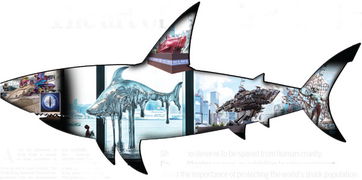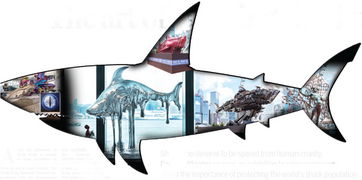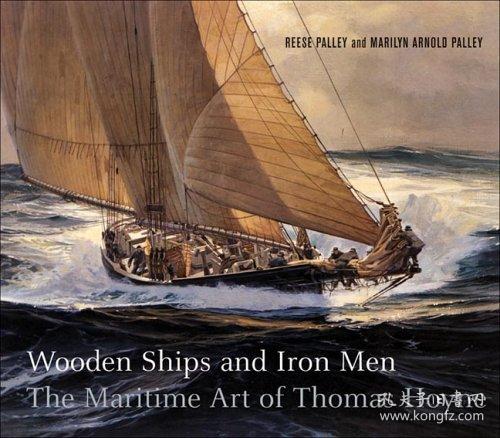Content:
Embarking on the delightful pastime of fishing can be an exciting yet daunting experience, especially for those who are starting from scratch. Whether you're looking to unwind on a serene lake or test your skills on a roaring river, fishing offers a unique blend of relaxation and adventure. In this comprehensive guide, we'll delve into the essential 0-to-hero fishing techniques that will have you casting your line like a seasoned angler in no time.
Understanding the Basics
Before you can start reeling in the big ones, it's crucial to understand the fundamentals of fishing. Here's a breakdown of the key components:
Types of Fishing: There are various types of fishing, including freshwater, saltwater, fly fishing, and ice fishing. Each requires different equipment and techniques. For beginners, freshwater fishing is often the most accessible and enjoyable.
Fishing Equipment: The essentials include a rod, reel, line, hooks, lures, and bait. While you can start with a basic setup, investing in quality gear will enhance your experience and increase your chances of success.
Fishing Techniques: These range from casting to retrieving, lure fishing, and bait fishing. We'll cover these in detail later in the article.
Choosing the Right Spot
The location where you fish can significantly impact your success. Here are some tips for selecting the perfect spot:
- Research: Look for information on local fishing spots, including the types of fish that are commonly caught and the best times to fish.
- Public vs. Private: Public fishing spots are free but may be more crowded. Private lakes or rivers may offer exclusivity but come with a fee.
- Seasonal Considerations: Fish behavior changes with the seasons, so choose a spot that aligns with the time of year.
Mastering the Casting Technique
Casting is the art of throwing your line out into the water. Here's how to do it:

- Grasp the Rod: Hold the rod with a comfortable grip, typically using your index and middle fingers on the reel seat.
- Load the Reel: Wind the line onto the reel until you have enough line to cast comfortably.
- Backcast: Move the rod back over your shoulder, winding the line as you go. This loads the line onto the reel.
- Forward Cast: Bring the rod forward, releasing the line as you reach the desired distance. The weight of the lure will help it reach its target.
Lure Fishing vs. Bait Fishing
Once you've mastered casting, you'll need to decide whether to use lures or bait:
- Lures: These artificial imitations of fish food or prey are often preferred for their effectiveness. They come in various shapes, sizes, and colors, and can be tailored to the type of fish you're targeting.
- Bait: Natural food sources like worms, insects, or fish can be used. They're particularly effective for catching larger fish but require more time and effort to prepare.
Fishing Etiquette
Fishing isn't just about catching fish; it's also about respecting the environment and fellow anglers. Here are some etiquette tips:
- Leave No Trace: Always clean up after yourself and respect the natural surroundings.
- Stay Quiet: Avoid loud noises that can spook fish.
- Follow Local Regulations: Be aware of size, catch, and possession limits, as well as any seasonal restrictions.
Safety First
Safety should always be a priority when fishing. Here are some safety tips:
- Check the Weather: Never fish in severe weather conditions.
- Tell Someone: Inform a friend or family member of your fishing plans and expected return time.
- Be Prepared: Carry a first aid kit, a flashlight, and extra water and snacks.
Final Thoughts
Fishing is a rewarding hobby that can be enjoyed by people of all ages and skill levels. With the right techniques, equipment, and mindset, you'll be well on your way to becoming a fishing enthusiast. Remember to take your time, enjoy the process, and always be patient. With practice, you'll soon be reeling in fish with the confidence of a seasoned angler. Happy fishing!












